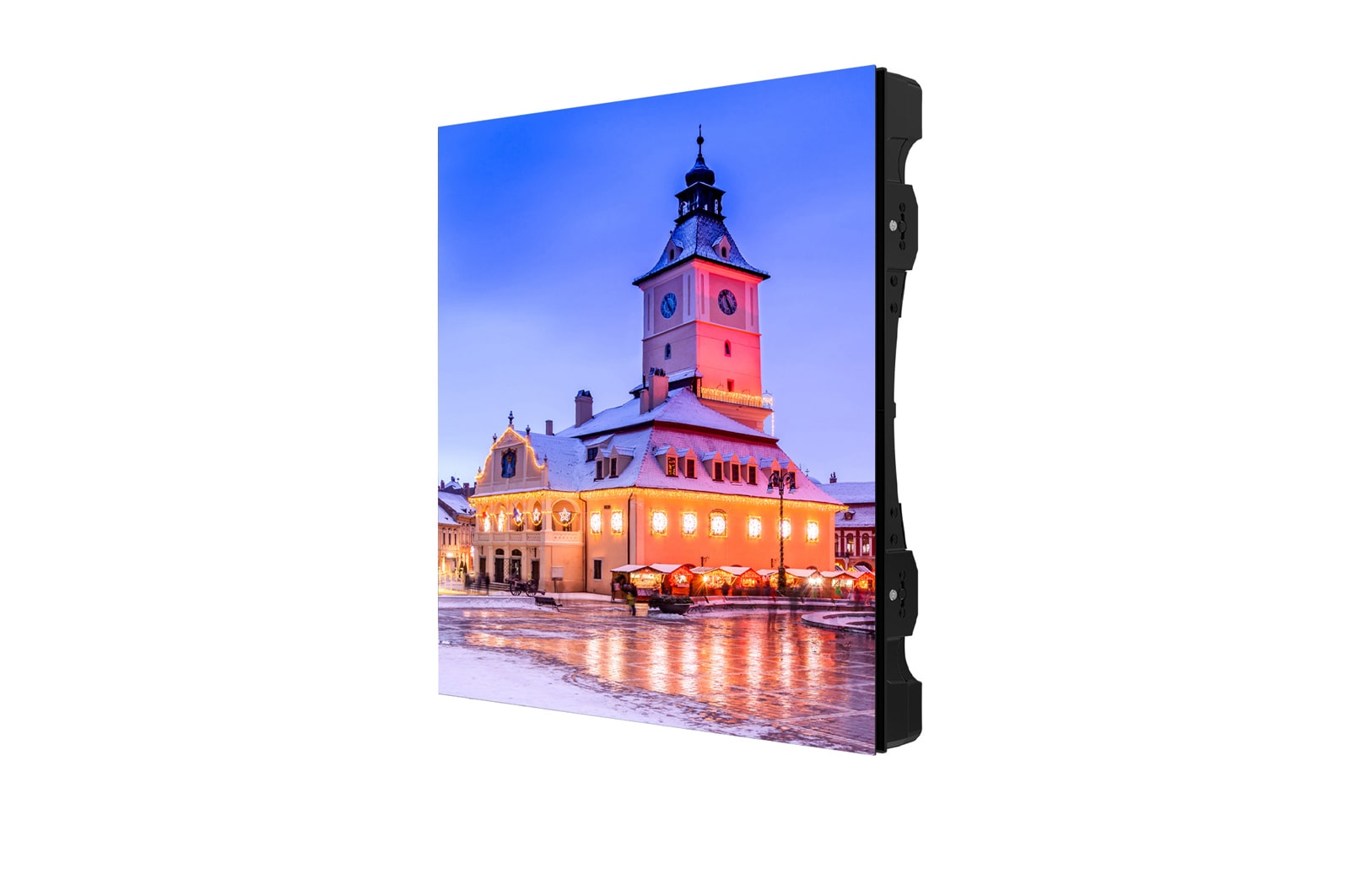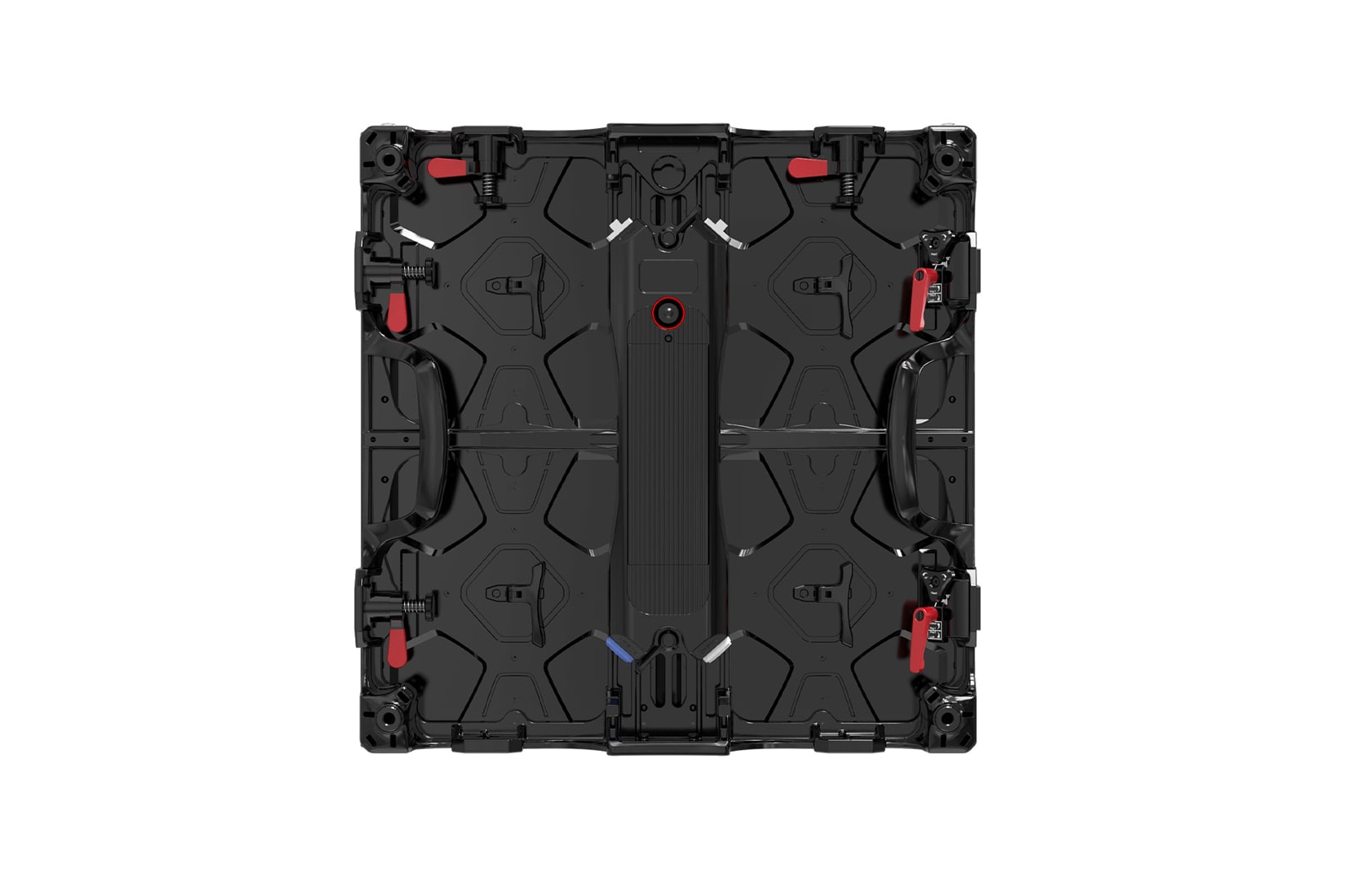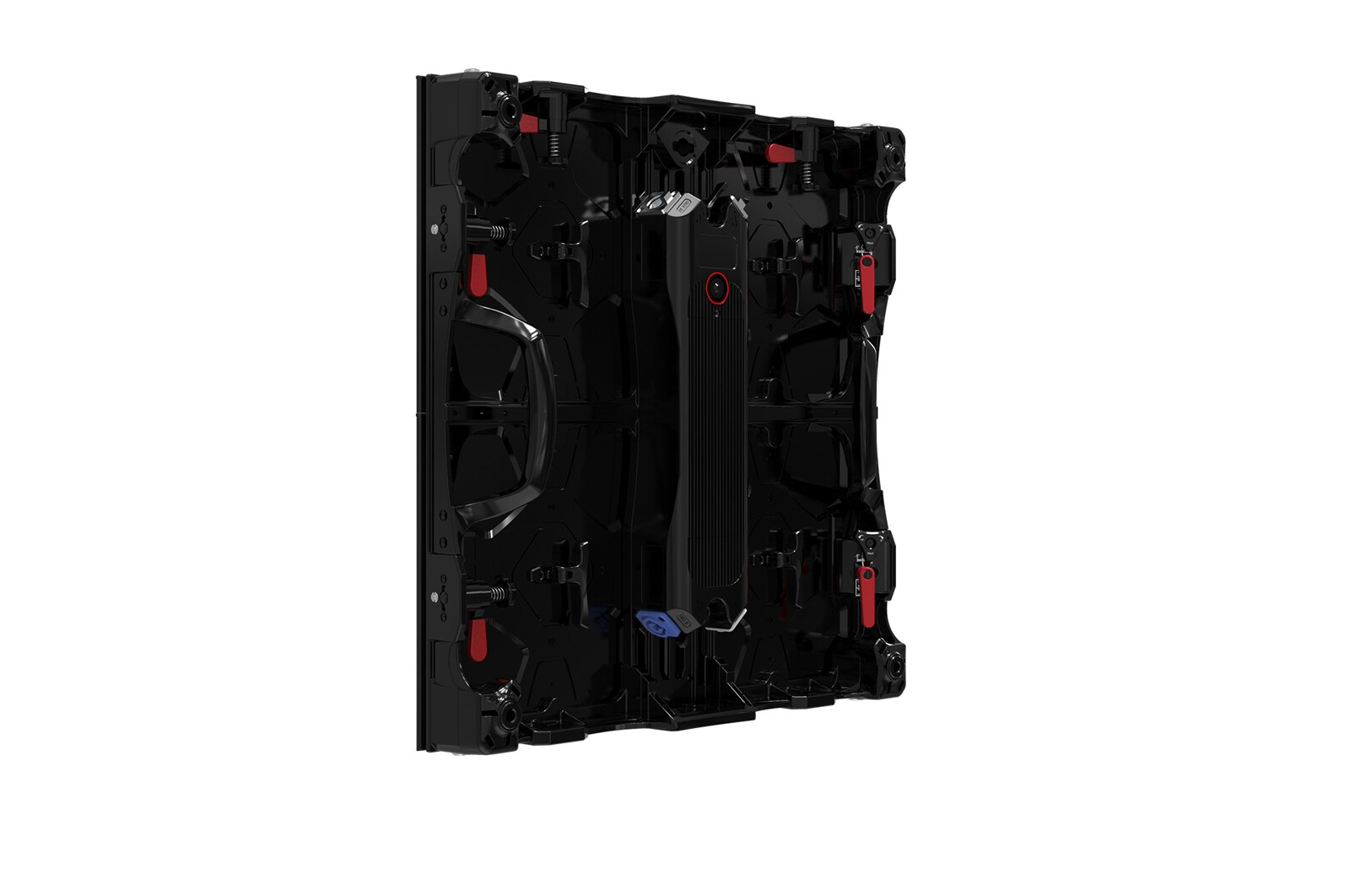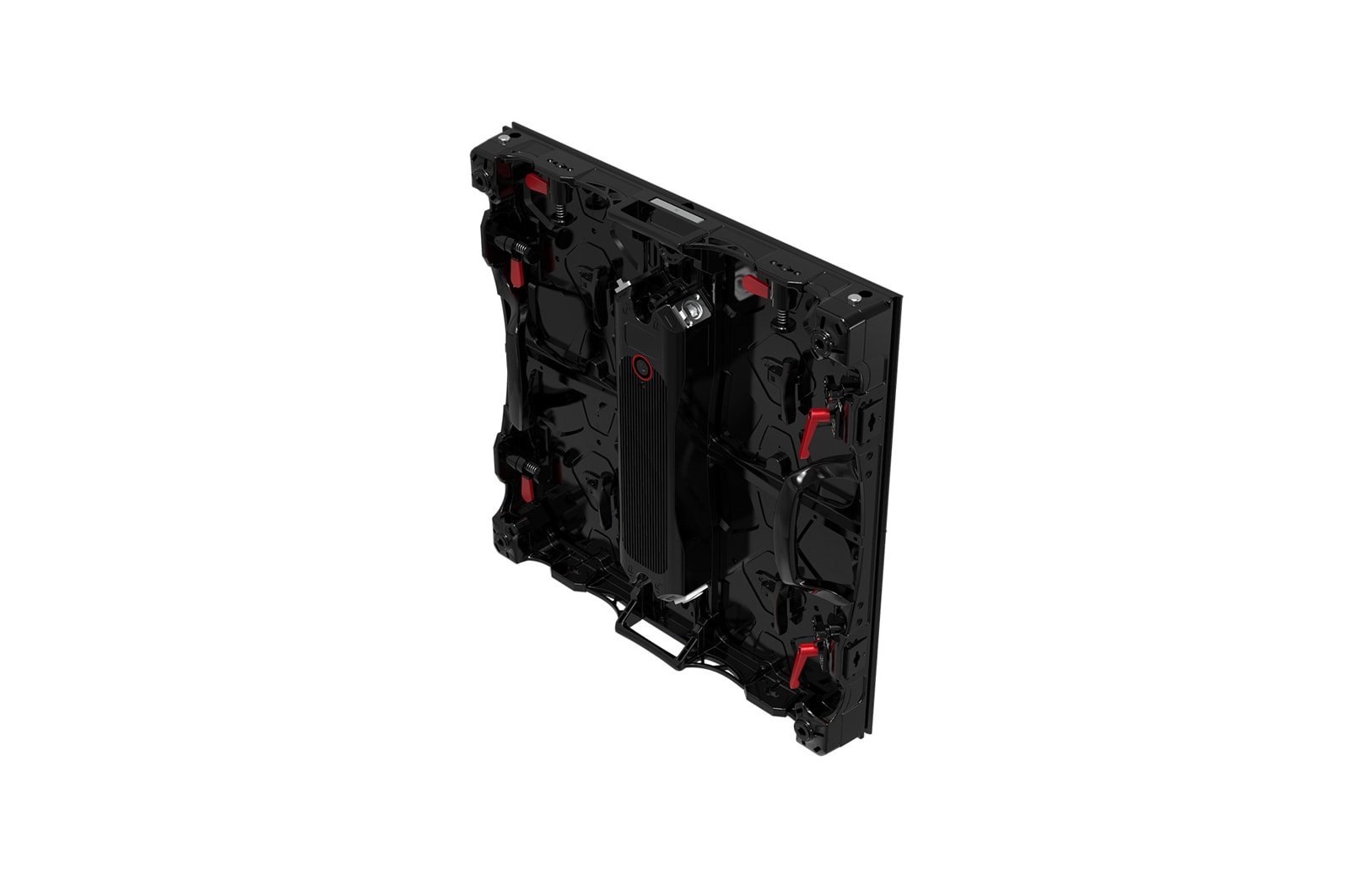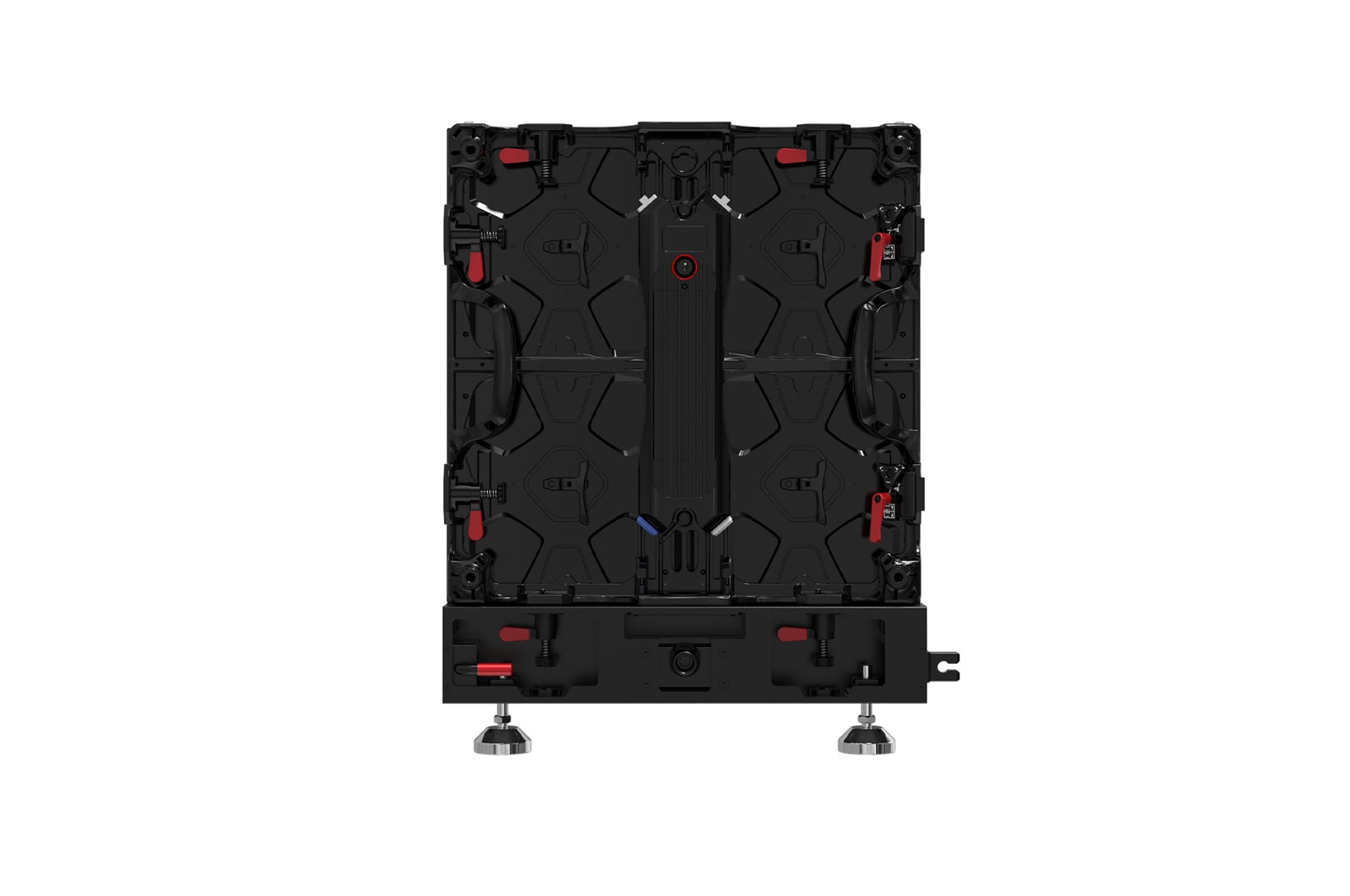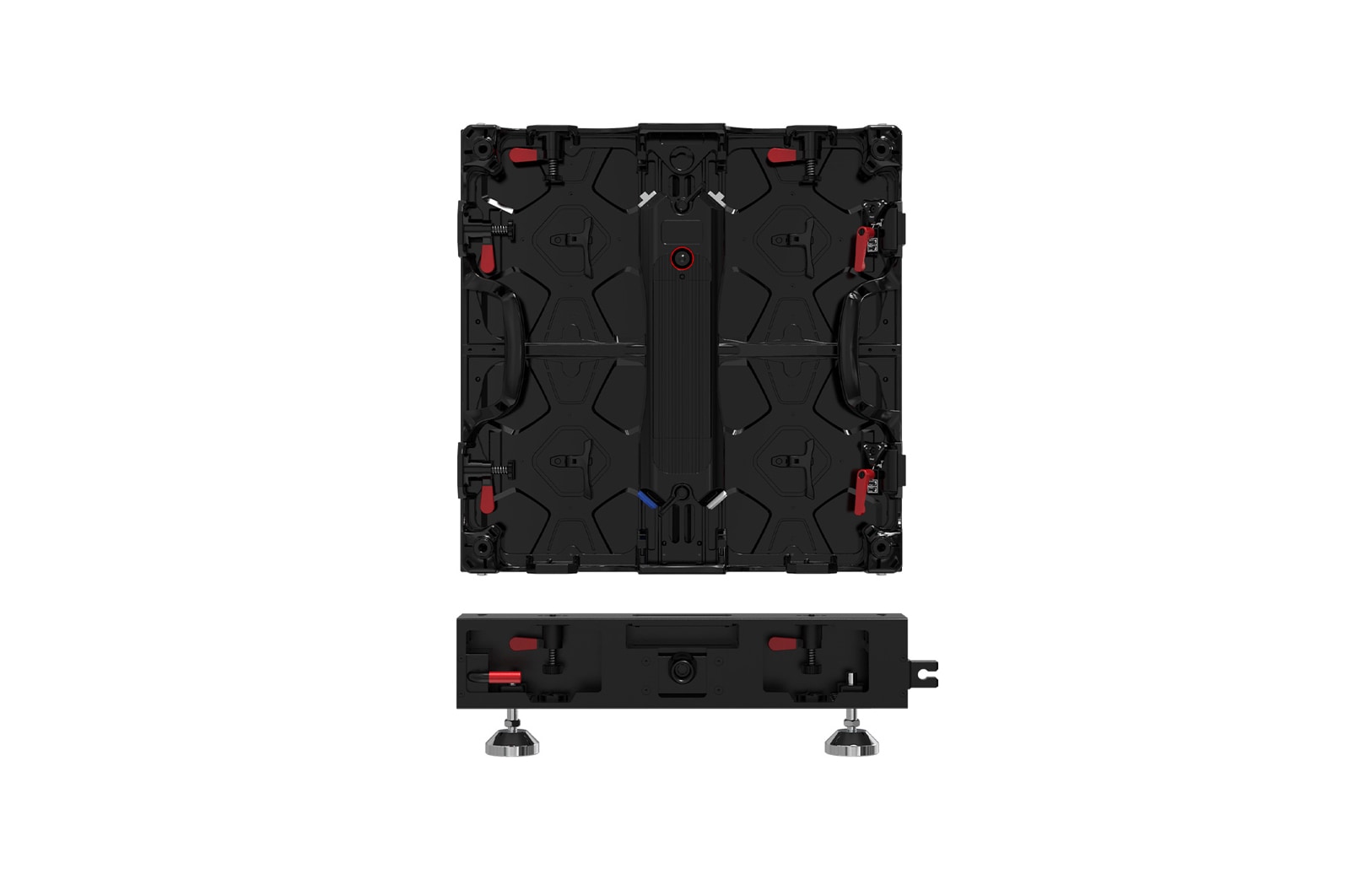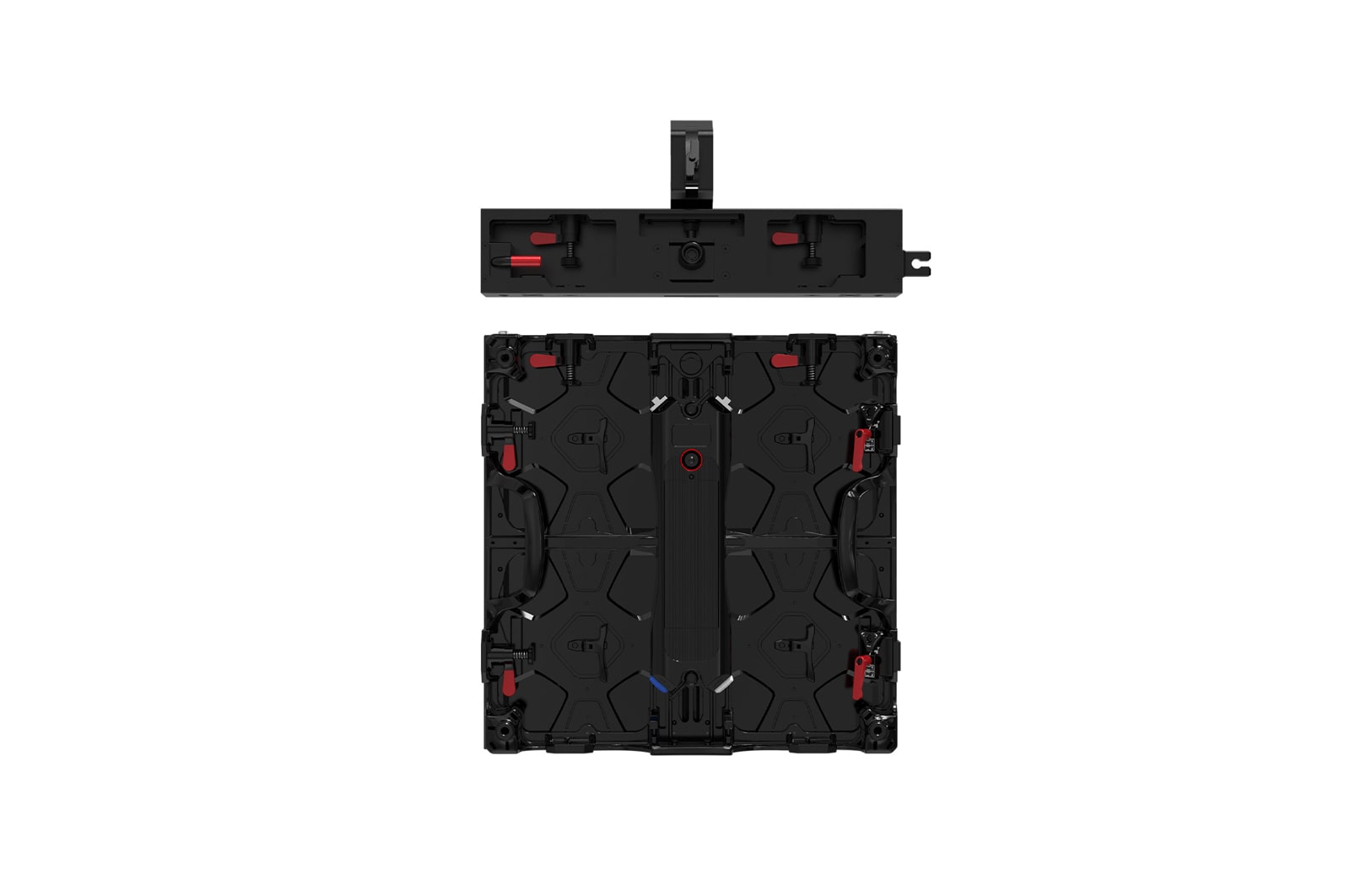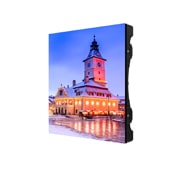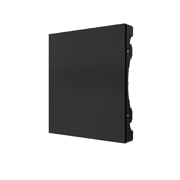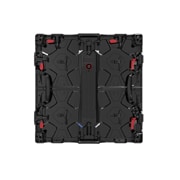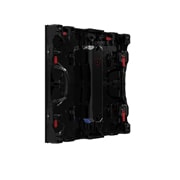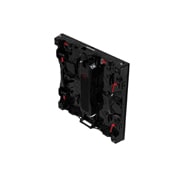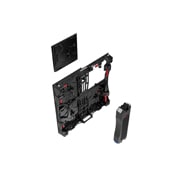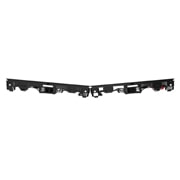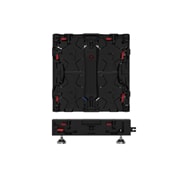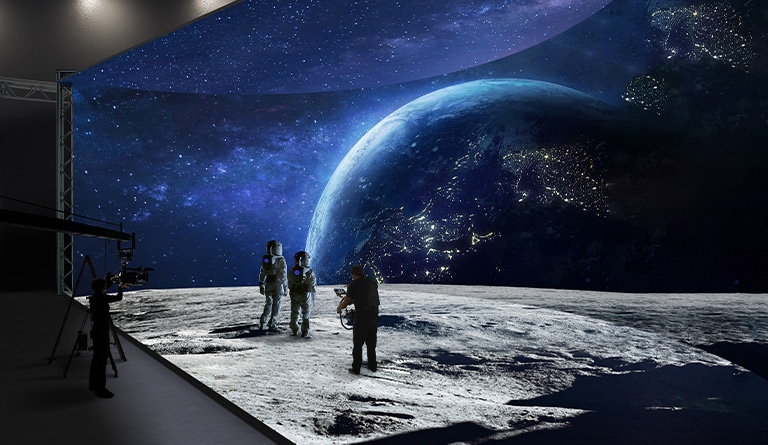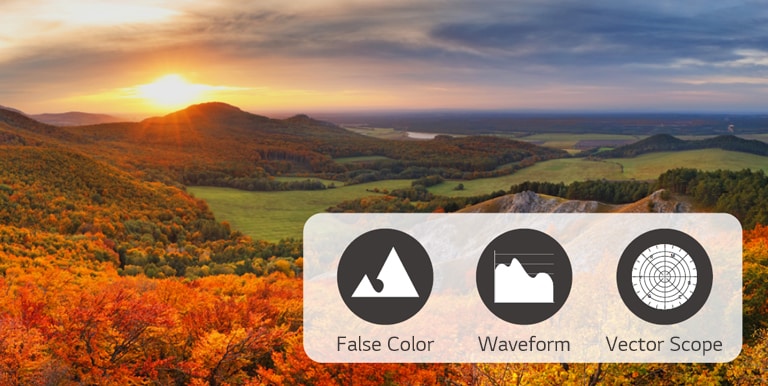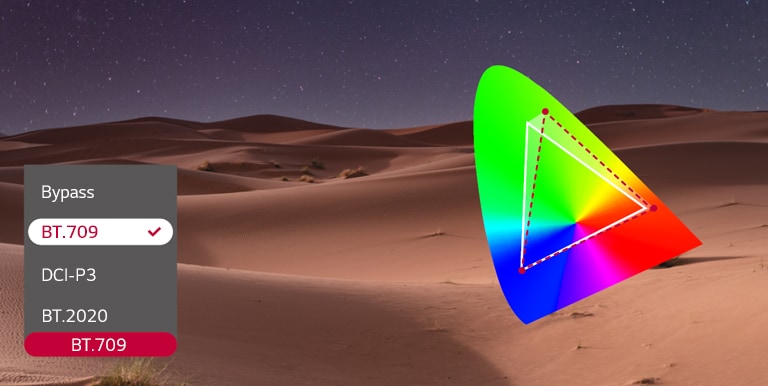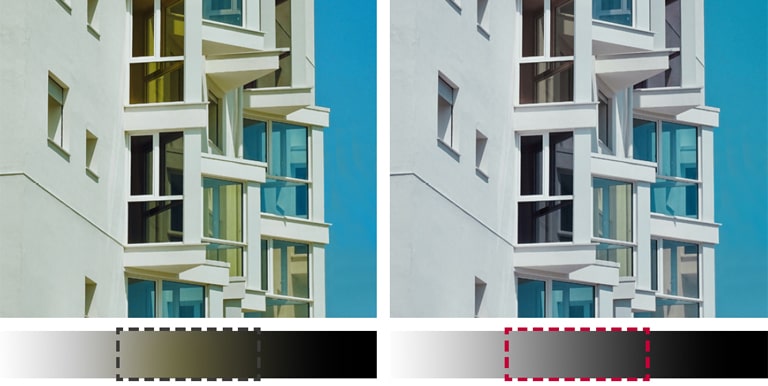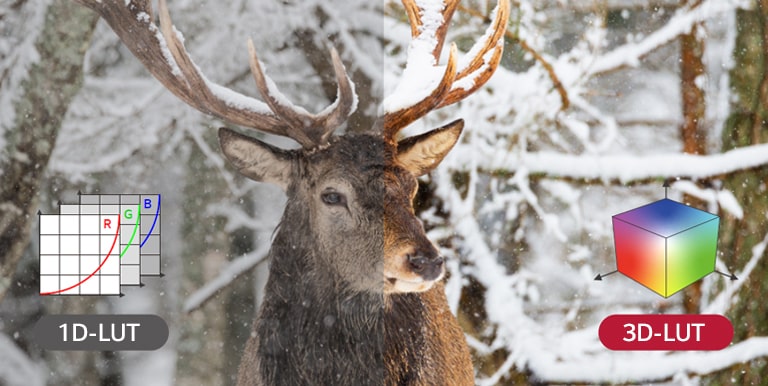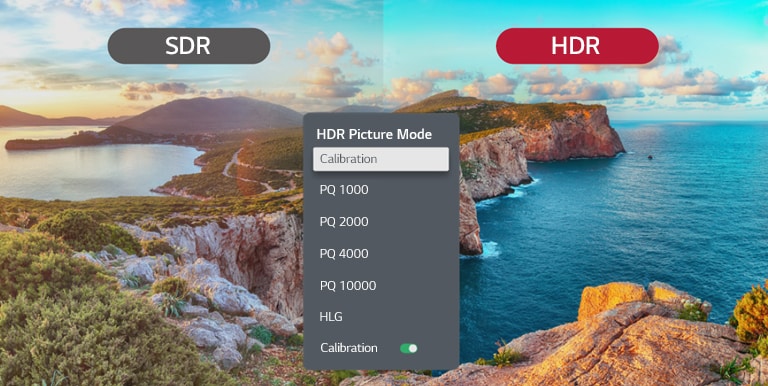We use cookies, including cookies from third parties, to enhance your user experience and the effectiveness of our marketing activities. These cookies are performance, analytics and advertising cookies, please see our Privacy and Cookie policy for further information. If you agree to all of our cookies select “Accept all” or select “Cookie Settings” to see which cookies we use and choose which ones you would like to accept.
LED Display for Virtual Production
A virtual production studio with curved LED walls and ceiling and floor LEDs is filming images of a space landscape.
* All images in this page are for illustrative purposes only.
Easy Installation & Maintenance
The module can be easily removed using the dedicated tool (with front or rear selective service access). The positioning pins and magnets help perform panel adjustments accurately and quickly, ensuring seamless screen assembly.
The 'Positioning Pins', 'Magnetic Assembly', 'Comfortable Handles', and 'Fast Lock
Curve Effect Available
The mechanical connection between the two panels is secured by an angle adapter system and a fast lock, adjustable by 10 degrees in concave areas and 5 degrees in convex areas.
Curved LED walls are installed in a studio.
Stacking & Hanging System Available
Installation can be performed by stacking or hanging, using the optional accessories (single, double, triple beams) for customization to the studio environment.
The part where the cabinet can be installed either as stacking or hanging is enlarged and shown.
Broadcast Quality Available
Accurate color reproduction, low latency of video processing, and HDR capability.
A vivid HDR-enabled screen and a screen with a high refresh rate displaying the exact color are being shown.
Broadcast VP Controller
LBAE series is compatible with the CBAE controller, and the CBAE controller’s SDI and Genlock (in/out) interfaces support unique features of broadcast and virtual production.
A virtual production studio which has curved LED walls and ceiling and floor LEDs is being filmed.
Compatibility with LG Software Solutions
Powered by LG’s high performance system controller, the LBAE series is compatible with LG software solutions including SuperSign CMS, LED Assistant, and ConnectedCare, which help customers operate their own business flawlessly.
The LG employee is remotely monitoring the LBAE series installed in a different place by using a cloud-based LG monitoring solution. System controller with webOS enables LBAE series to be compatible with LG software solutions.
* The availability of the 'LG ConnectedCare' service differs by region, and it needs to be purchased separately. So please contact the LG sales representative in your region for more details.
* The items that can be monitored by LG ConnectedCare : Main Board (Temp., Signal Status, FPGA Ver, Ethernet Connection Status), Receiving Card (Temp., LED Power)
* Actual GUI may vary in different webOS versions.
Key Feature
- Pixel Pitch: 2.60 mm
- Brightness: 1,500 nit
- Easy Installation and Maintenance
- Front or Rear Serviceability
- Curve Effect Available
- Stacking & Hanging System Available
All Spec
INFORMATION
Model name
LBAE026-GM
PHYSICAL PARAMETERS
Pixel Configuration
3 in 1 SMD
Pixel Pitch (mm)
2.6
Module Resolution (WxH)
96x96
Module Dimensions(WxH,mm)
250x250
Weight per Module (kg)
0.59
Weight per Square Meter (kg/㎡)
24
Physical Pixel Density (pixels/㎡)
147,456
Service access
Front or Rear (select one only)
OPTICAL SPECIFICATIONS
Color Temperature (K)
3500-9000K(default:6500K)
Visual Viewing Angle (Horizontal)
160
Visual Viewing Angle (Vertical)
160
Brightness Uniformity
97%
Color Uniformity
±0.003CxCy
Contrast Ratio
5,000
Processing Depth (bit)
16
ELECTRICAL SPECIFICATIONS
Power Consumption (W/㎡, Max.)
720
Power Supply (V)
100 to 240
Frame Rate (Hz)
50 / 60
Refresh Rate (Hz)
7,680
OPERATION SPECIFICATIONS
Operating Temperature(℃)
-10∘to +45∘
Operating Humidity
0~80%RH
Datasheet
To access more technical documentation and downloads, please visit the LG B2B Partner Portal.
